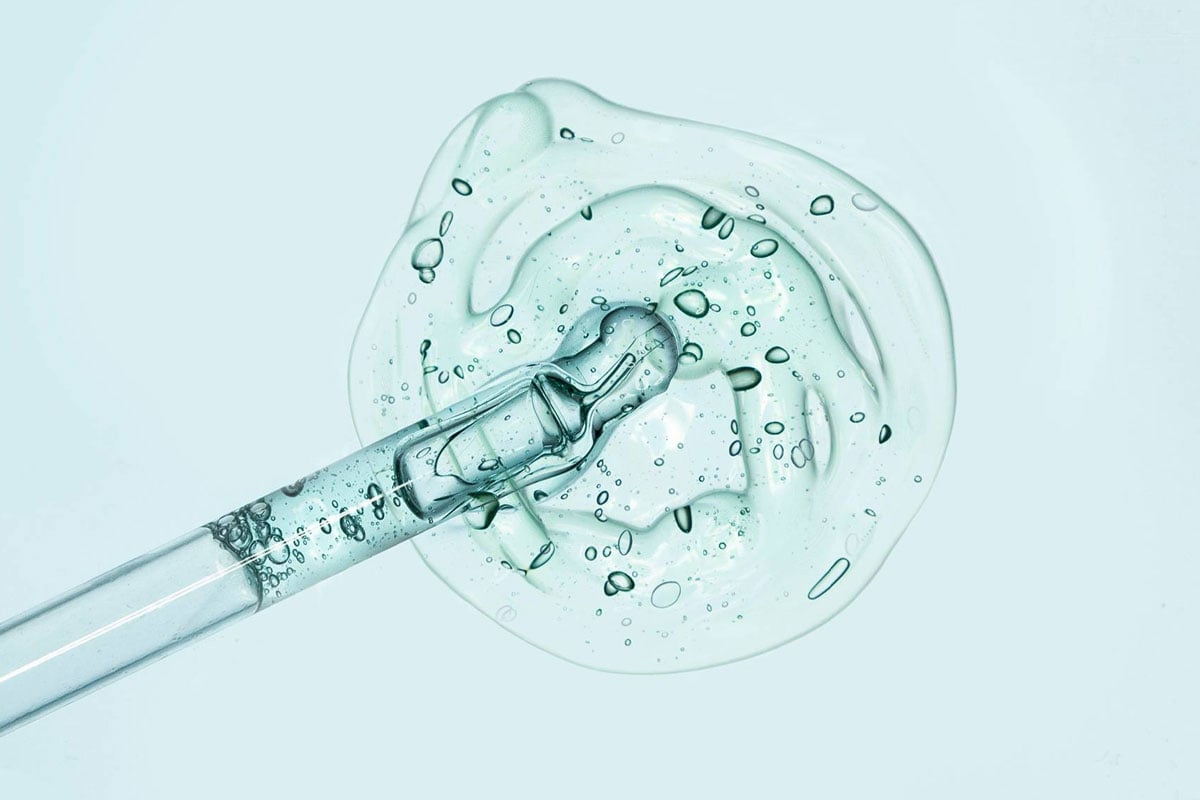
Glycolic Acid (hydroxyacetic acid) is a routine essential. This faithful ingredient can be found amongst our exfoliating, fine line fighting beauty products – it’s nothing new but that doesn’t mean it doesn’t deserve a shoutout for being a damn powerhouse.
Glycolic Acid is an AHA, aka alpha hydroxy acid. Some other acids that fall under the AHA umbrella include lactic and citric acids. AHA’s are usually derived from natural sources; lactic from milk, citric from citrus and glycolic from sugarcane, pineapple, canteloupe or unripe grapes.
AHA’s are not only beneficial when applied topically but due to their molecular size (teeny tiny), they’re pretty good at getting under the skin and putting in the extra effort from the inside too. You will commonly find them in your cleansers, toners, exfoliants, and collagen stimulating products.
Glycolic Acid was once most commonly used as a chemical peel by dermatologists, this was because out of all AHAs, glycolic has the lowest molecular weight, meaning it has the ability to penetrate the skin even deeper than most other AHAs, making it more effective when it comes to reducing wrinkles, acne scarring, hyperpigmentation and improving other skin conditions.
THE BENEFITS
Exfoliates dead skin cells to reveal softer, smoother skin - Glycolic acid works by loosening the binding between dead skin cells, allowing them to slough off.
Reduces acne - by encouraging the shedding or peeling of cells on the skin's surface and lining the pores, glycolic acid prevents the formation of clogged pores—it also has antibacterial and anti-inflammatory properties.
Stimulates collagen production from within - Glycolic acid's work on the skin's deeper layers to boost collagen production. You will notice smooth skin almost immediately however it can take a wee bit of time to notice an improvement in those fine lines and wrinkles.
INCORPORATING GLYCOLIC ACID INTO YOUR DAILY REGIME
All skin types can tolerate the use of Glycolic Acid; it’s best suited to acne-prone or oily skin, it may cause irritation if you have super dry or sensitive skin – depending on the concentration. As always, we recommend following the instructions on the bottle as to how often to use it.
It works well with other humectants, such as hyaluronic acid but is not recommended with other acids or retinol, as this combo can be a little too harsh and cause peeling.

Spotlight on G-JUICE GLYCOLIC TONER
G Juice is nourishing and nutrient-rich, as well as brightening, with the power of Glycolic Acid, a plant-based AHA. Glycerin, Propanediol, and antioxidant-rich Aloe Vera aim to hydrate, while Hyaluronic Acid will assist with plumping your skin and improving its elasticity.
The goodness doesn't stop there - it also contains Vitamin C-rich Desert Lime, which has anti-inflammatory properties and will assist with pigmentation, alongside skin-conditioning Rainforest Lime. We've also included Caviar Lime, another brightening extract rich in Vitamin C, which aims to support collagen production.
This formula has hydrating properties designed to not dry out the skin or leave it feeling tight.
References
https://womenconcepts.com/skincare/glycolic-vs-lactic-acid
https://en.wikipedia.org/wiki/Glycolic_acid

